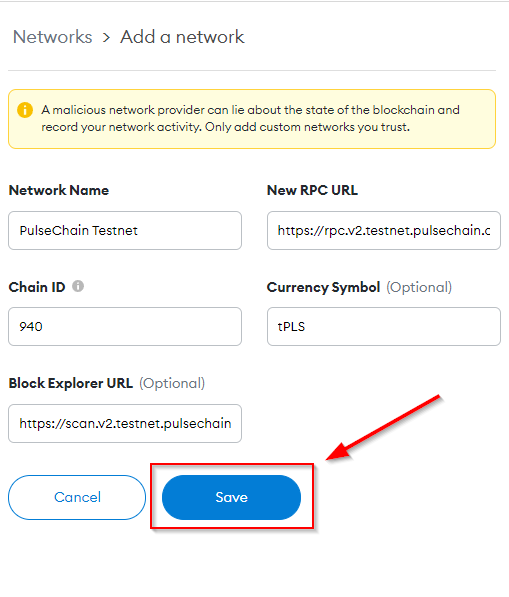
What is PulseChain ($PLS) ?
PulseChain is a new blockchain that is being forked from Ethereum. It is basically a copy of Ethereum’s core code but with several enhancements for better performance, improved environmental impact, and lower transaction fees. PulseChain will likely launch in March of 2022.
Rags to Riches has a great PulseChain 101 video. Whatever you do, do not like, comment, or subscribe.
What is a PRC-20 ?
PRC-20's are the PulseChain version of ERC-20 tokens held in a crypto wallet. Unlike previous Ethereum forks that have launched empty, the PulseChain fork is the first to copy the entire Ethereum system state in what has been dubbed "the world's largest airdrop." This essentially means that every smart contract, ERC-20 token, and NFT in existence today on the Ethereum network will be duplicated onto this new chain essentially doubling your current holdings.
Do I have to claim my free PRC-20's ?
No, there is no claims process to claim your PRC-20's. PulseChain is essentially making a copy of every ERC-20 token and NFT in your wallet, and then depositing those copies into your same wallet address on the PulseChain. It makes no difference whether you use a software wallet (like MetaMask or Trust Wallet) or a hardware wallet (such as Trezor or Ledger). All Ethereum network wallet addresses will receive their free PRC-20 copies automatically without needing to perform any claims process.
I hold my tokens on Coinbase (or some other centralized exchange). Will those be copied as well ?
Yes. They will be copied into the exchange's wallet, not yours. When you buy coins on a centralized exchange, you don't technically own them; the exchange does. They only become yours once you move them to a non-custodial wallet that you possess the keys to. There is a saying in crypto, "Not your keys, not your crypto." More on this in the "How to prepare for PulseChain launch" section.
How do I access my free PRC-20's ?
Essentially you would access your PRC-20's the same way you access your ERC-20's today. You just need to switch to the PulseChain network. If you aren't familiar with how to change the network in your wallet, you may wish to do a practice run using the test net details.
The following instructions assume you are using a MetaMask software wallet, or a hardware wallet connected to your MetaMask. If you use Trust Wallet, Coinbase Wallet, or some other non-custodial wallet, please consult that manufacturer's documentation on how to switch networks.
Switch to PulseChain network in MetaMask
- At the time of this writing, the PulseChain network is not live. These instructions are for the PulseChain test net and will be updated once PulseChain has launched.
- At the top of your MetaMask click on the network switcher which likely currently shows "Ethereum Mainnet".

- Enter the PulseChain Testnet network details obtained from the PulseChain Testnet Gitlab and then click "Save."

- The network switcher should now show "PulseChain Testnet." You can switch back to Ethereum by clicking the network switcher again and selecting it from the list.
Crypto Kindness put out a great PulseChain Testnet video that goes into more depth.
What tokens will be copied ?
All ERC-20 tokens that are on the Ethereum network at the time of the fork will be copied to PulseChain. A list of all ERC-20 tokens can be found at etherscan.io/tokens. Tokens must be on the Ethereum network at the time of the fork.
How to prepare for PulseChain launch
If you hold any ERC-20's on a centralized exchange such as Coinbase, send them to a non-custodial wallet that you hold the keys to. You will need to pay a fee to the exchange and an Ethereum network gas fee, so if the quantity and value of the token you are attempting to send is low, it may not be worth sending. Only you can decide if it is worth it to you. I only sent my largest balances and left the low-balance ones on the exchange as it did not seem worth it to me.
Another factor to consider is that once PulseChain launches, the PulseChain version of those tokens will be available for purchase on PulseX and may be at a discount over the current Ethereum version price. It may be more beneficial to wait and buy on PulseX at launch rather than pay the eth gas fee to transfer them now.
If you have ERC-20s that are currently on other networks such as Polygon or Binance Smart Chain you may want to bridge them over to Ethereum so they will be copied to PulseChain. Again, weigh the cost of the fees against the value of the asset to decide whether or not this makes sense for you.
Where can I find more information ?






